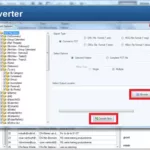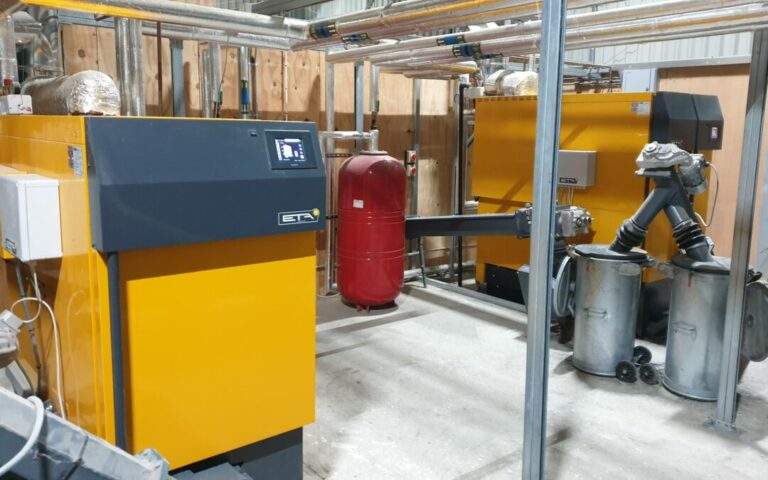
Designing Success: Five Profit-Boosting Tips for Architects
Many architecture firms want to end the year on a healthy financial note. We’ve put together five more strategies architects can use to run a profitable business.
1. Eliminate silos.
Imagine for a second the silos that are built on farms. They are tall, metal structures designed to store and disperse grain. Silos are designed to be challenging to break into, which makes them ideal for protecting grain from pests or wear and tear. The silo is a way to keep grain in one place and access it only when necessary.
Many companies have teams that operate in a “silo” mentality, relying solely on their own rules and merits without asking for or requesting help from others. They believe that their team was created to achieve a specific goal and that there is no need to change as long as they perform it.
This silo mentality, while it is obvious that some departments work differently from others in terms of their mechanics, can be detrimental to an organization. When each team acts in its own interest, they are not working together to achieve a common goal. With less cohesion, there are fewer opportunities to increase profitability.
How can you overcome this mentality of the silo?
You can also encourage different teams to work together rather than individually. Increase your use of collaborative software, such as Customer Relations Management solutions, or hold team-building activities that encourage collaboration across departments.
2. Encourage employees to think as owners.
Many businesses make important decisions from the top down. Owners and project managers will discuss the policies and directions they want to implement for their business and then communicate these directives and instructions to employees.
This concept may seem logical on paper, but it could be more valuable. The employees at the bottom of the ladder can feel less empowered when those at the top make decisions about the business’s functionality. Employees may feel less motivated, leading to lower productivity and decreased net profits.
Instead of giving your employees the impression they must “stay in their lanes,” try giving them the power to promote your business’s success directly. Please bring them to the table and let them share their fresh ideas and feedback. They may know first-hand strategies to help your business grow or run more efficiently.
You will not only improve communication within your company, but you will also empower your employees to adopt an ownership mindset. This will help them in many other areas (like improving relationships with your clients). You can reward employees who go the extra mile to help your business with recognition and bonuses. This will encourage them to continue doing so.
Want to start your architecture career in Illinois
Illinois, a prominent state in the Midwest region of the United States, boasts a thriving business environment and a diverse economy fueled by manufacturing, finance, technology, and agriculture.
Considering the potential risks your business faces, obtaining errors and omissions insurance in Illinois is prudent, which plays a vital role in protecting you and your business from unforeseen circumstances.
3. Reduce overhead
Keeping your overhead in check will eat away at your profits if you don’t keep your overhead in check. So managing overheads is a skill that every business owner should master.
Understanding your overhead rate is the first step. Divide your overhead costs by your costs for labour. As of this writing, the average industry cost is between 150-175%. So, as long as your numbers are within this range, you’re doing well.
Outsourcing is a way that some architectural firms achieve this. Consider outsourcing your marketing and IT management to an agency specialising in these areas.
But don’t worry too much about lowering your overhead. The extra items or services you spend monthly could make your business more efficient and profitable.
If you want to reduce your overhead, your goal should be to eliminate areas that are optional to your business.
4. Create a profit plan.
You know how important it is to plan and execute a project. Why not apply the same principle to your profits?
It’s common for businesses to have a vague understanding of their profit once they’ve covered their overhead or, in some cases, until they’ve submitted their tax returns. It can be hard to know how much money you’ll have left over and where you will spend it.
Create a profit plan to get an idea of your expected profits for a particular year. You can do this in many ways, but here are the key steps:
Estimate your average monthly expenses. Include your overhead rate, which we discussed earlier, and the costs of materials, services, and other fees.
Decide what your profit target should be. It should also include the amount you want to achieve and how your business will get there. Calculate this number by taking into account your average costs.
Create a target for net revenue. You can then determine the price at which you will need to sell your services to reach your goal.
It is only a brief look at how a profit plan could look. This will vary depending on the type of business that you run. It should get you started on the right path to better understand your profits throughout the year.
5. Billing faster will get you paid faster.
ACP is another metric that many architecture firms analyze to determine their profit. This metric determines the average time between sending a bill/invoice and collecting that invoice by the architect.
You will gain more in the long run if you reduce your ACP. Adopting an online payment solution is one way to achieve this. Online payment solutions can begin processing payments immediately, without waiting for check payments to arrive and going through the lengthy depositing process.
ClientPay data shows that up to 64% of online invoices are paid on the same day as they are sent. This further reduces the time between sending an invoice and receiving cash.
Online payment solutions also provide your business with additional tools that can help you maintain your profit. Consider putting a client onto a recurring plan where the payment method will automatically charge at set intervals. You can also offer QR codes to your clients for payments made on-site, in the office, or at any other time.















